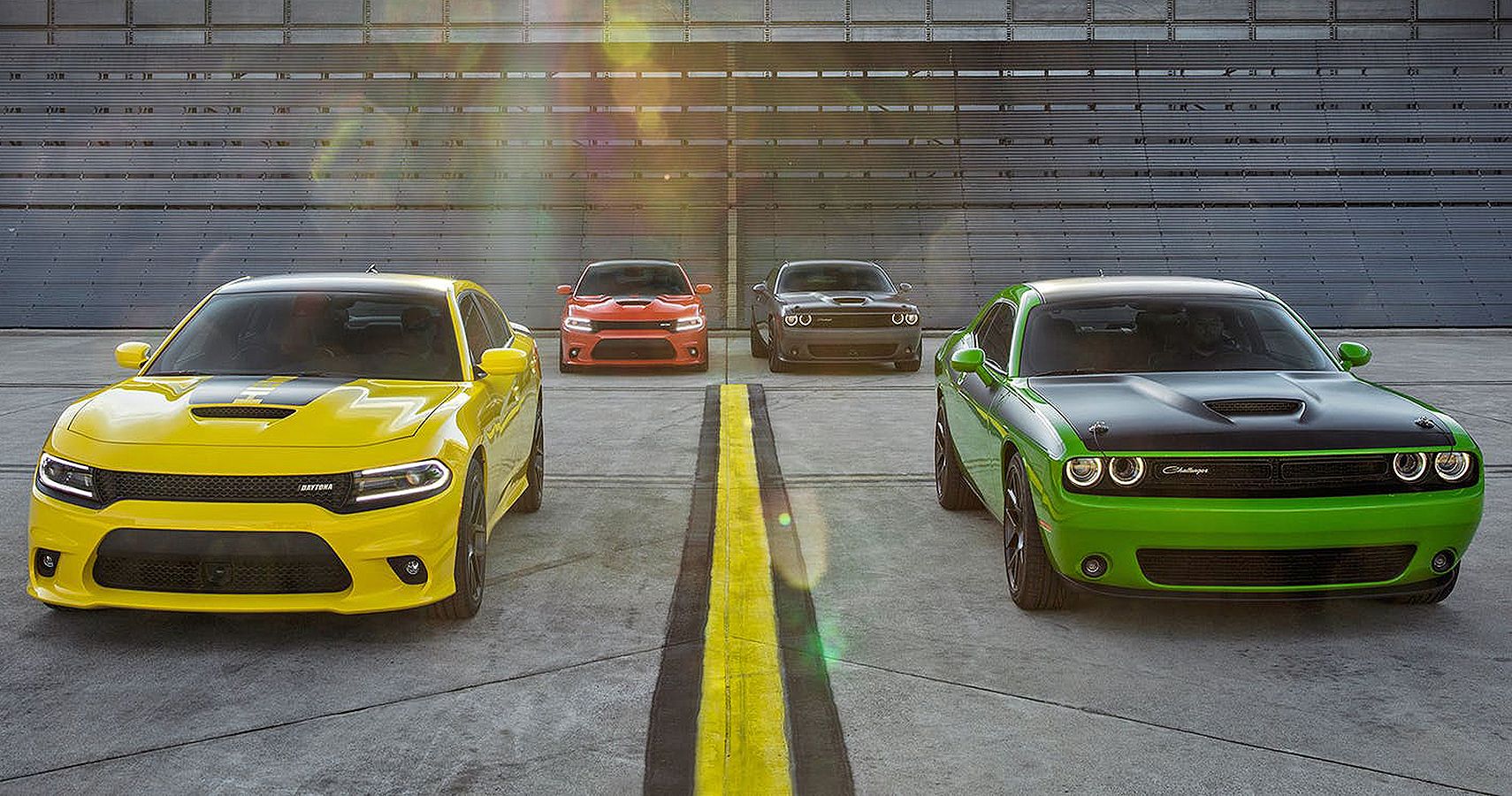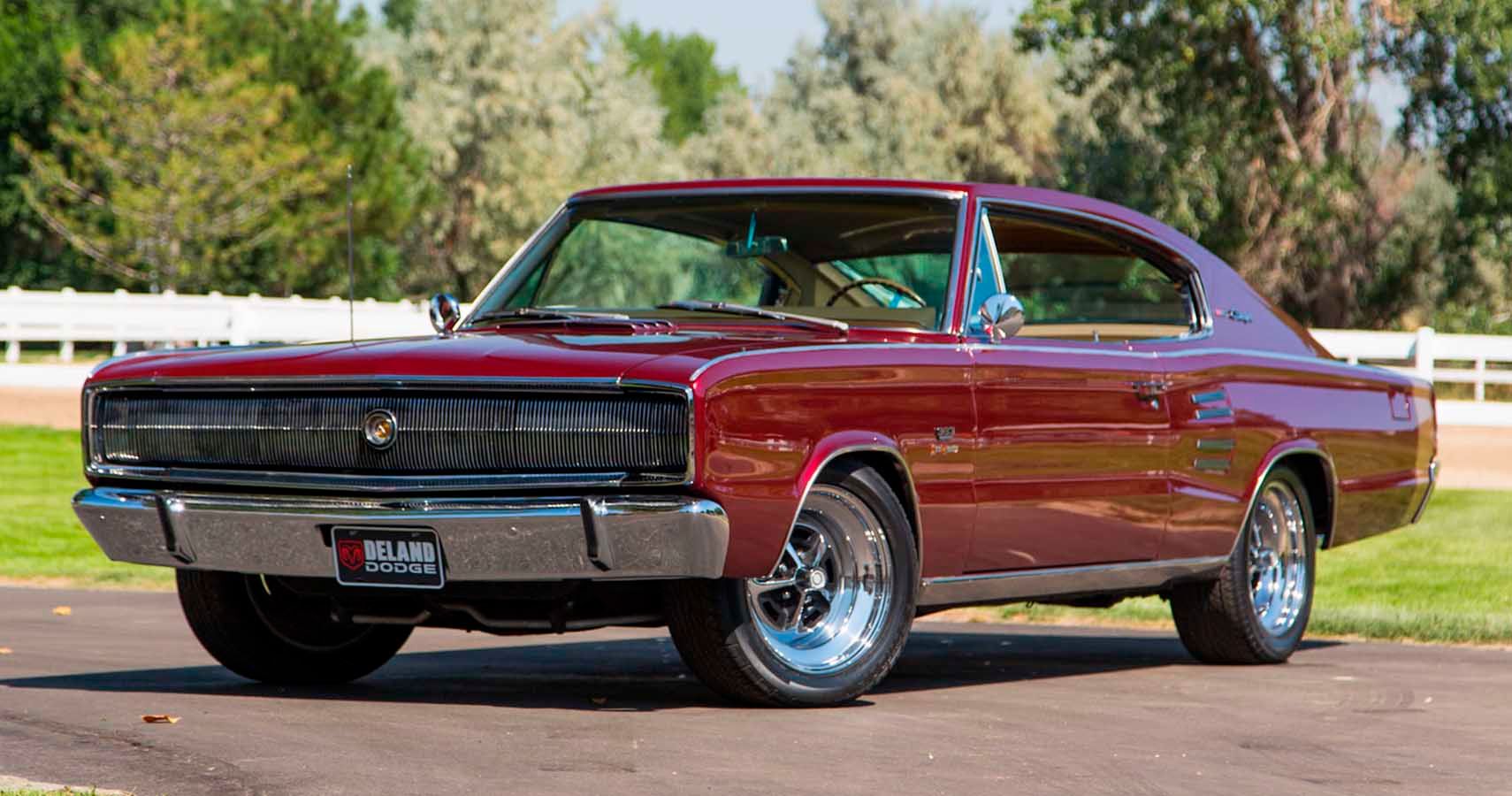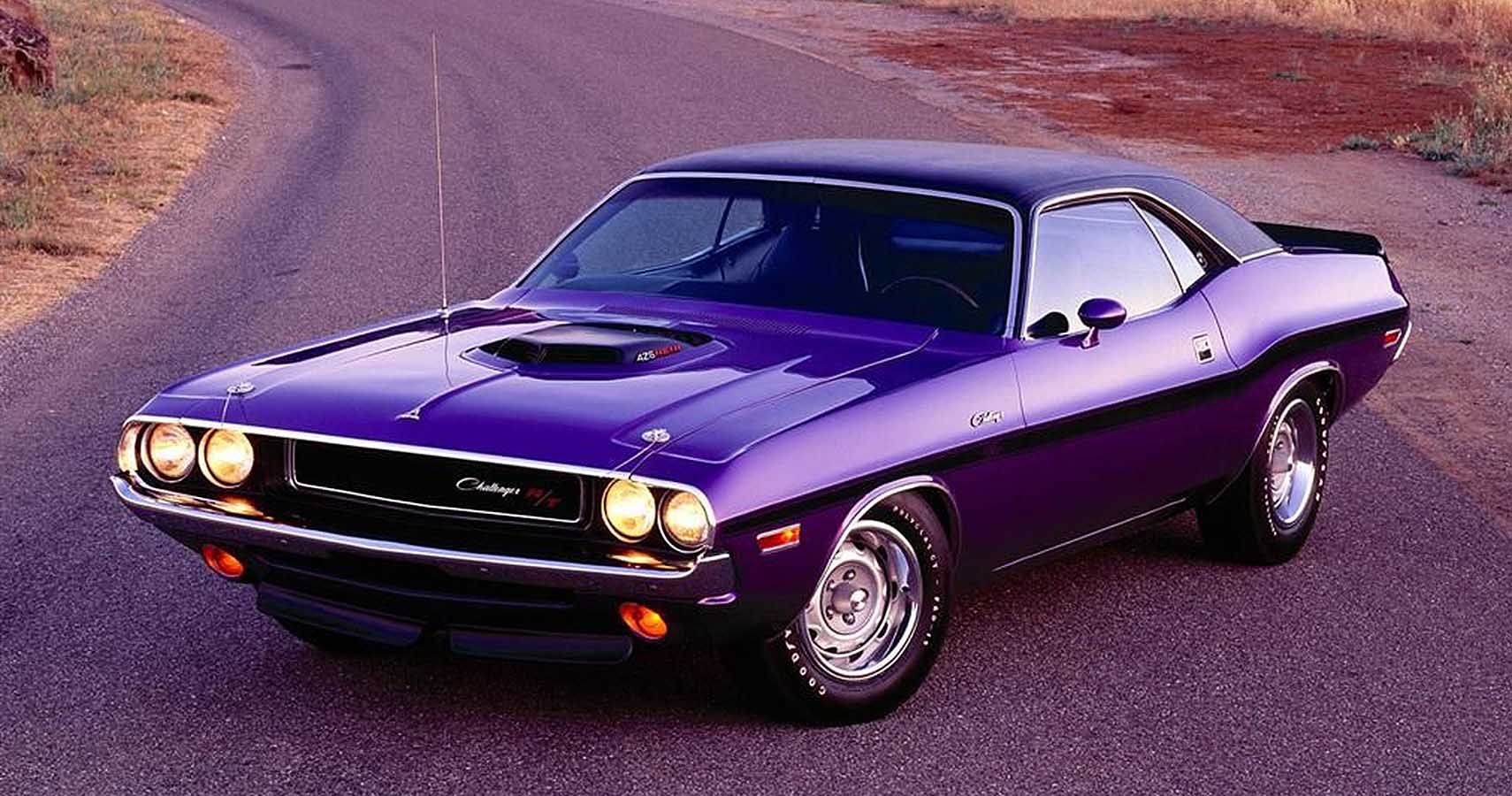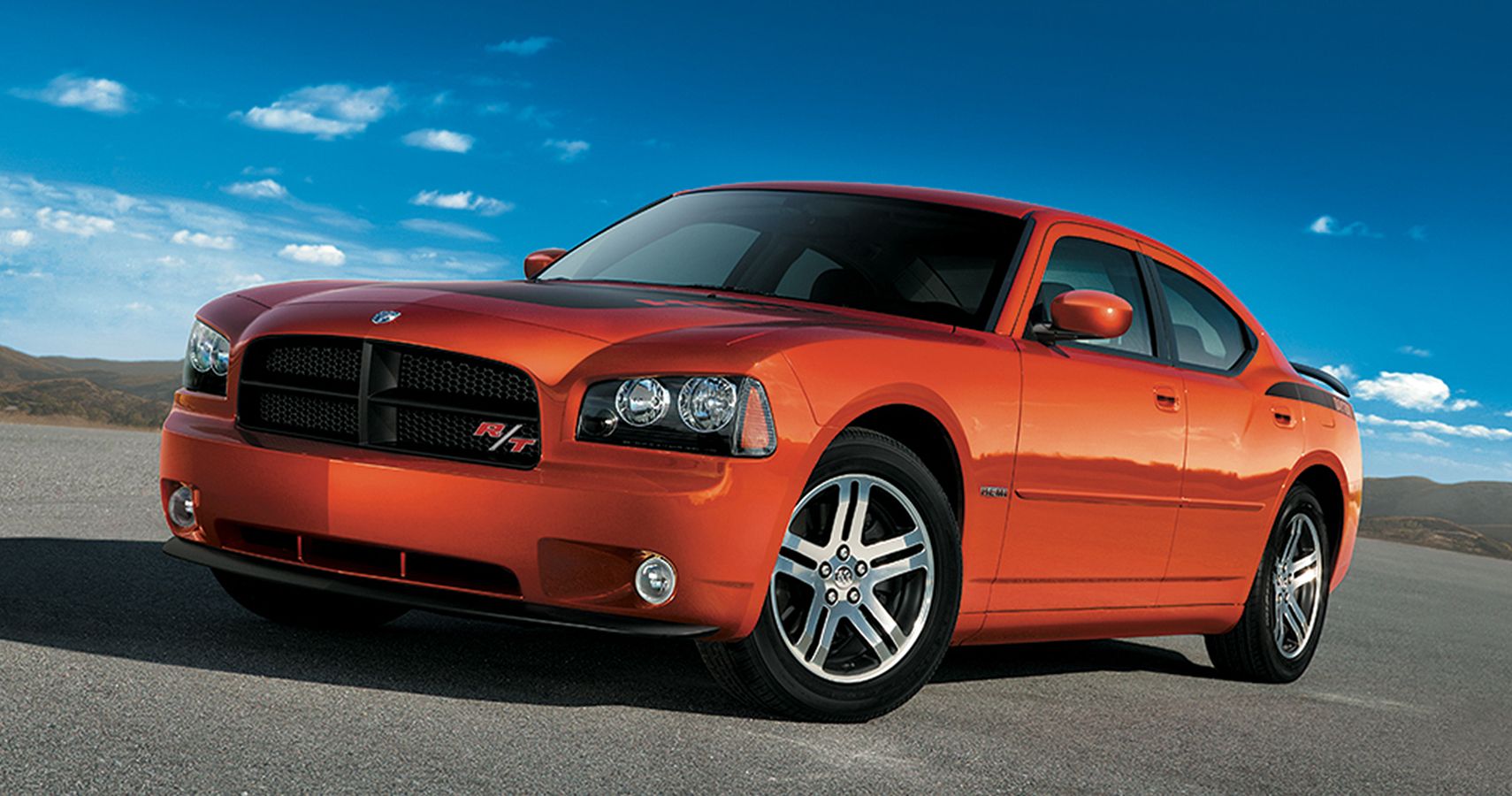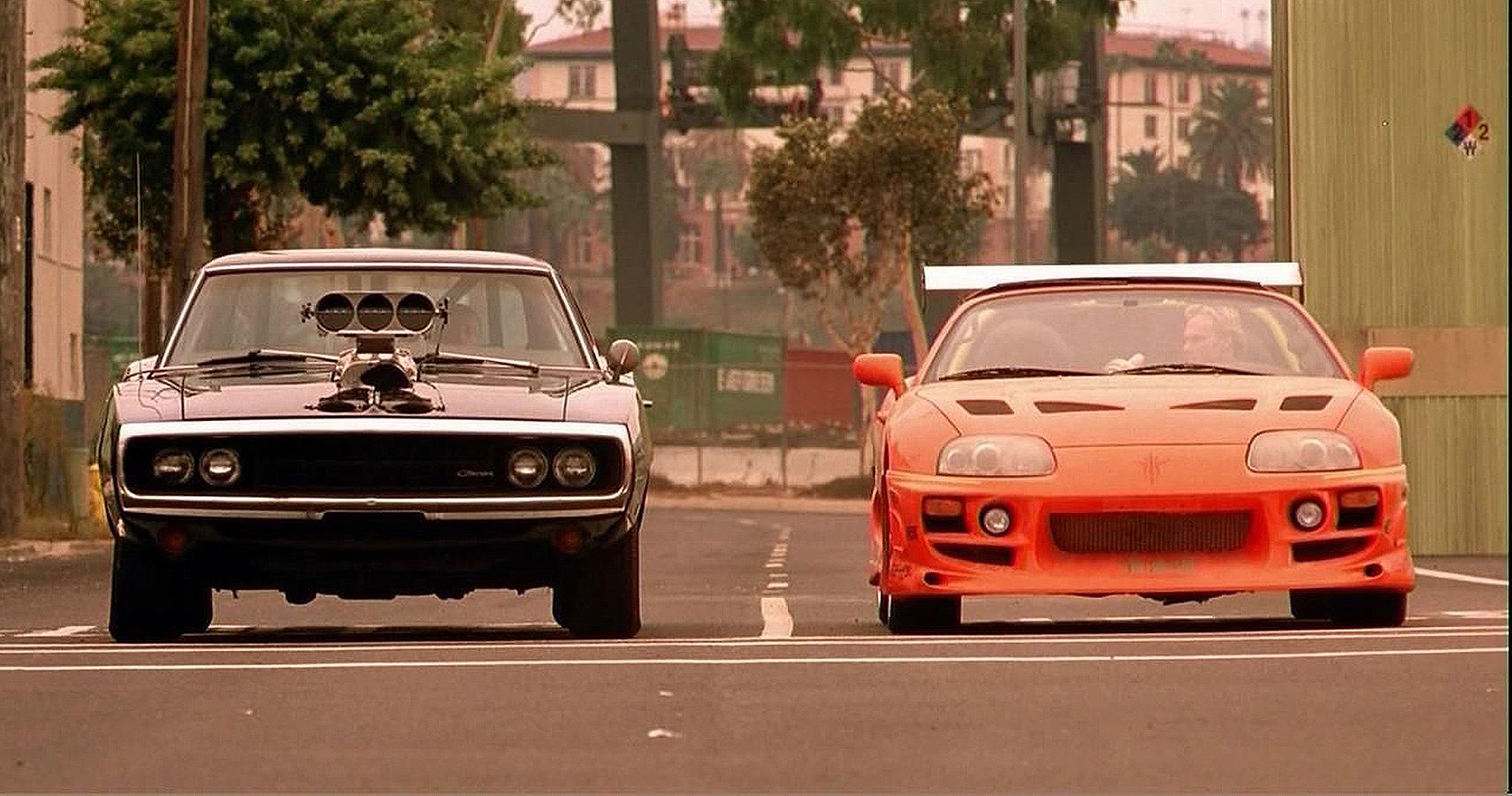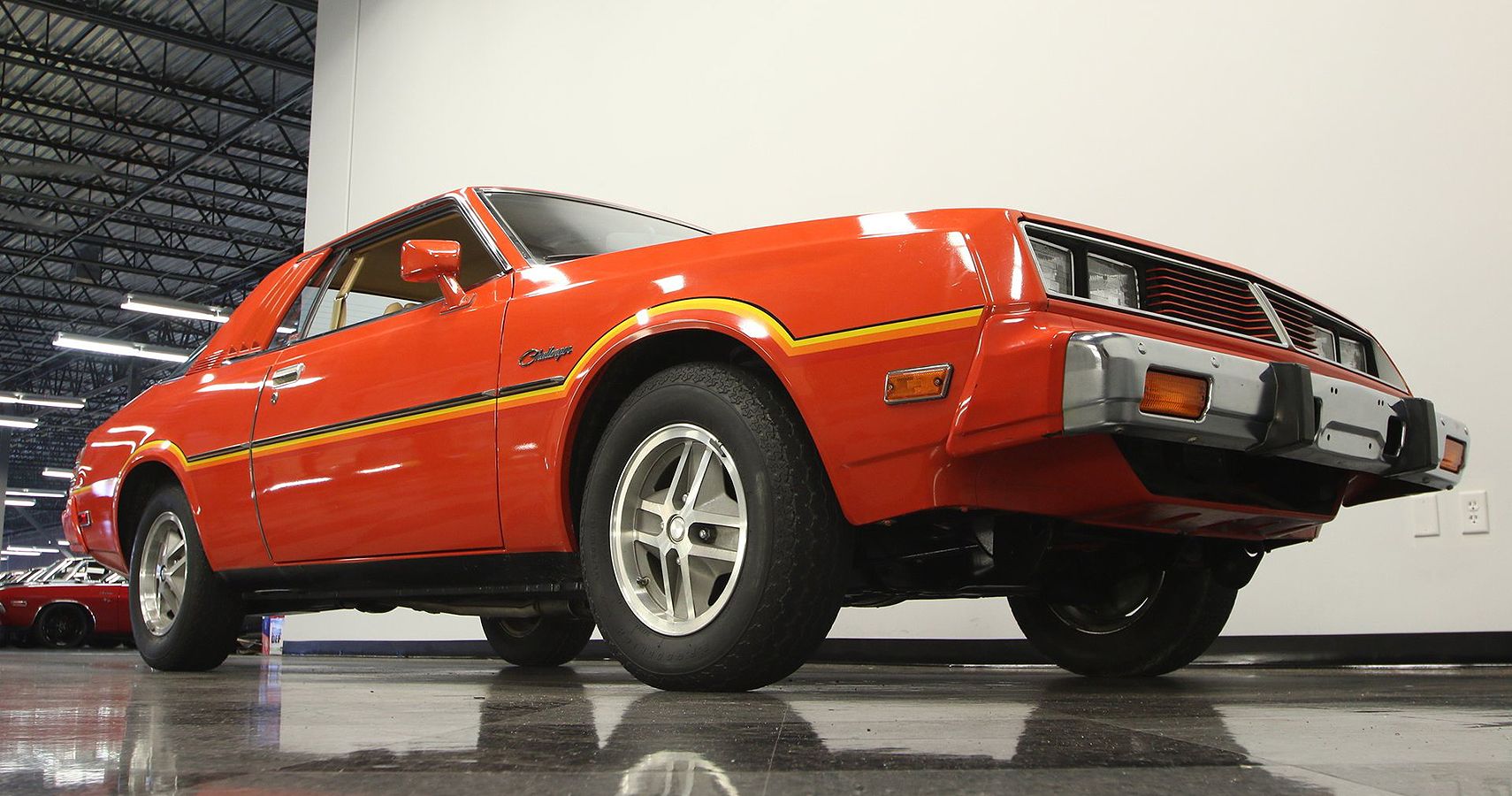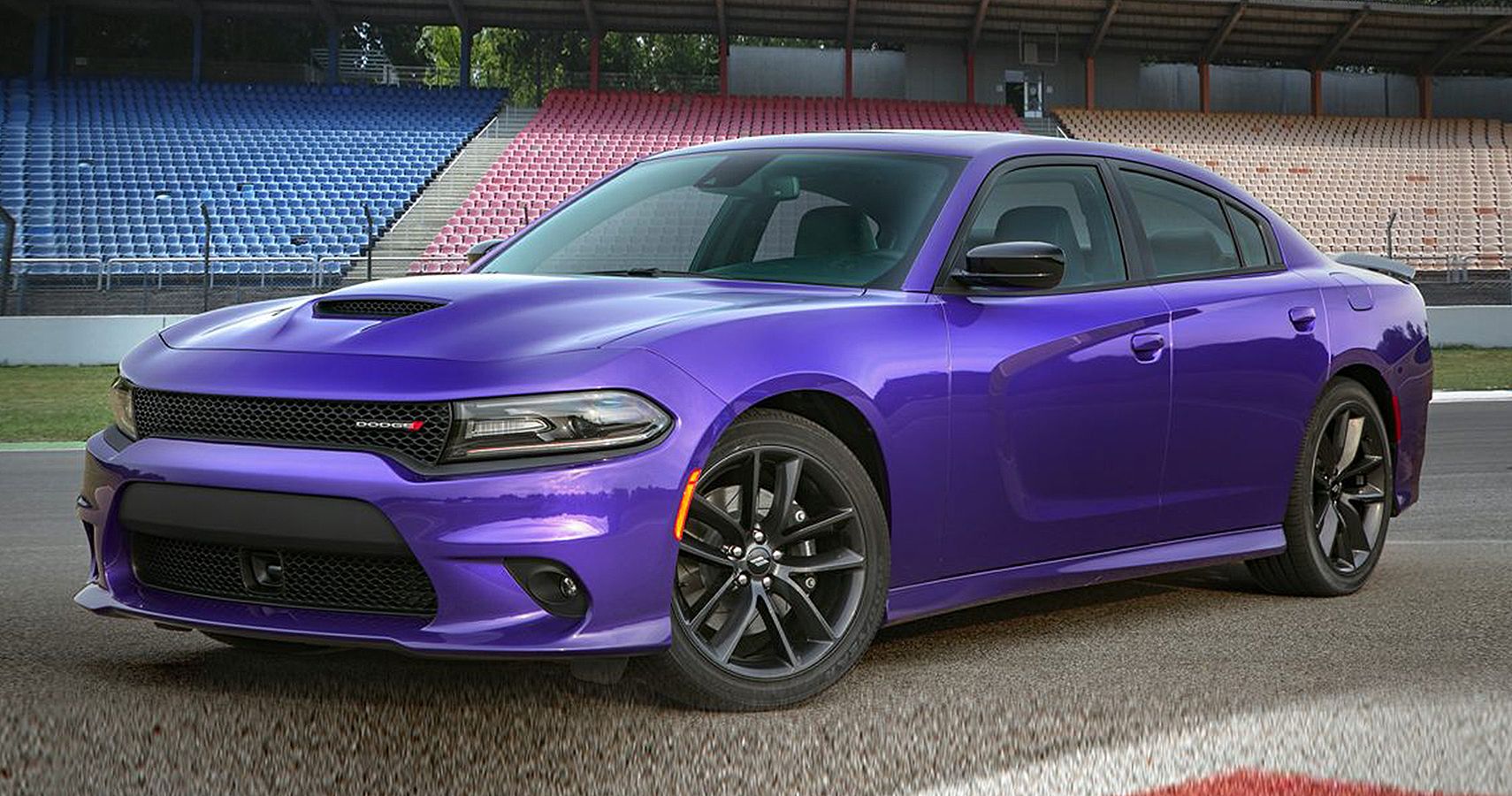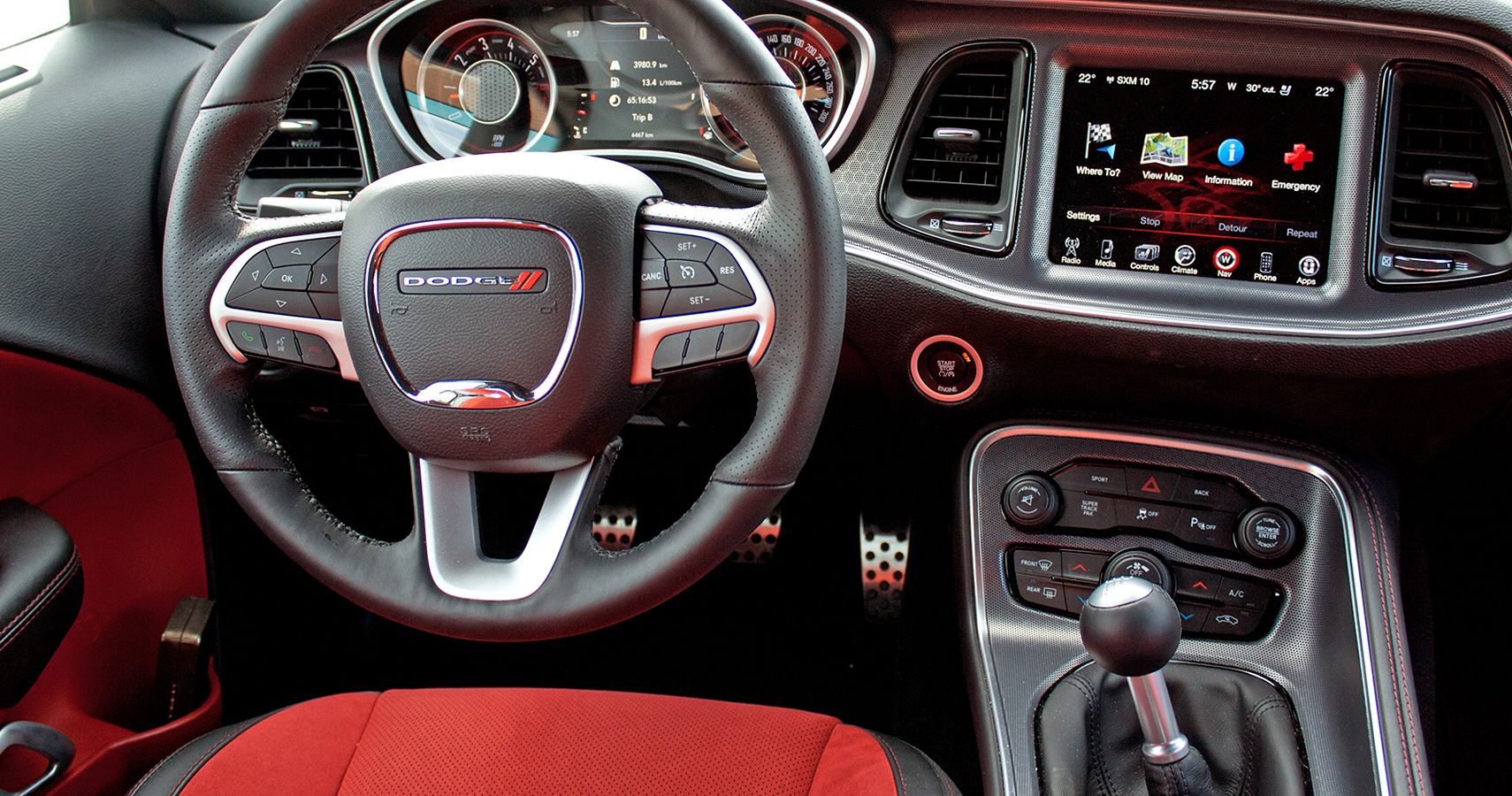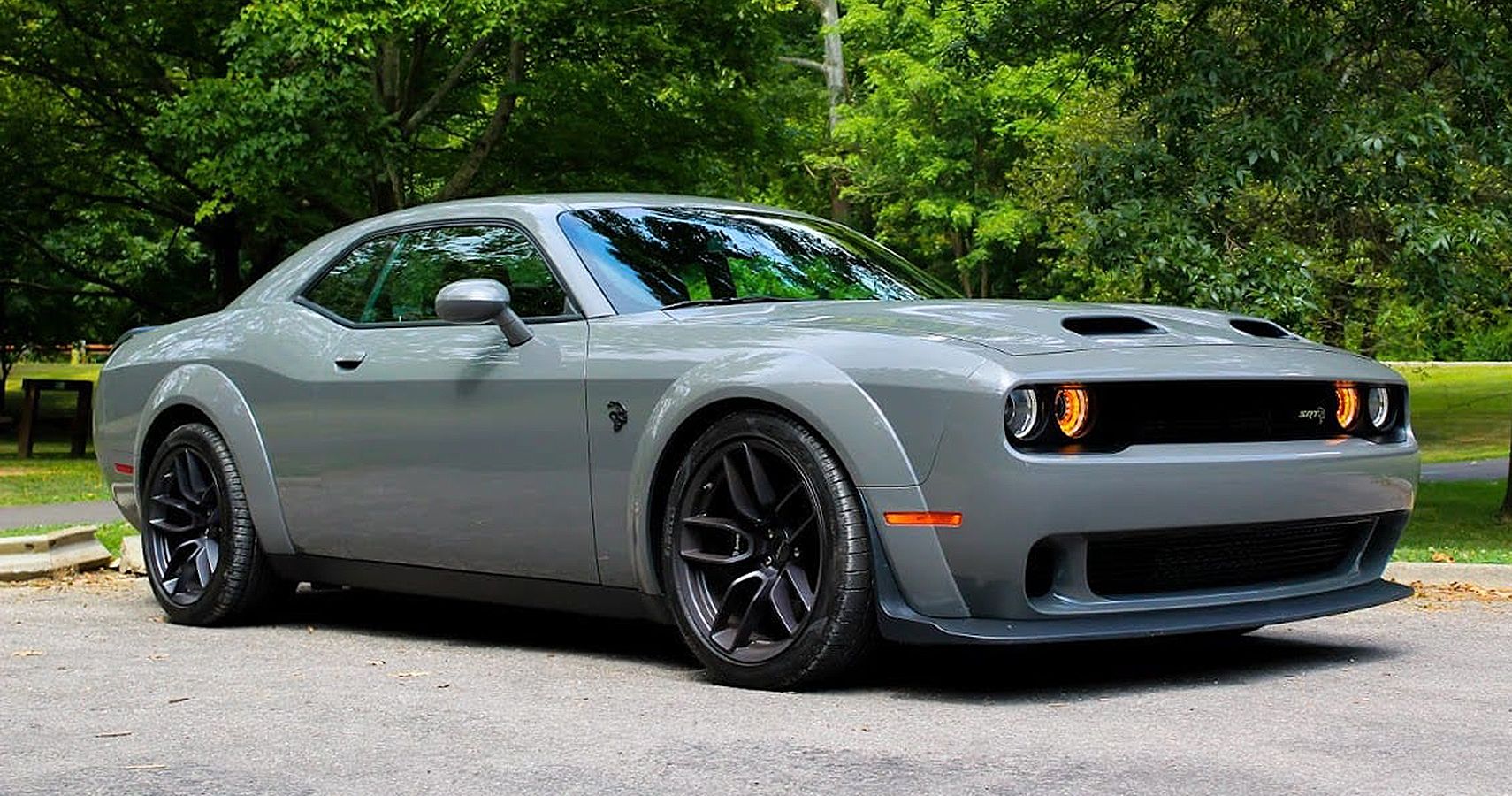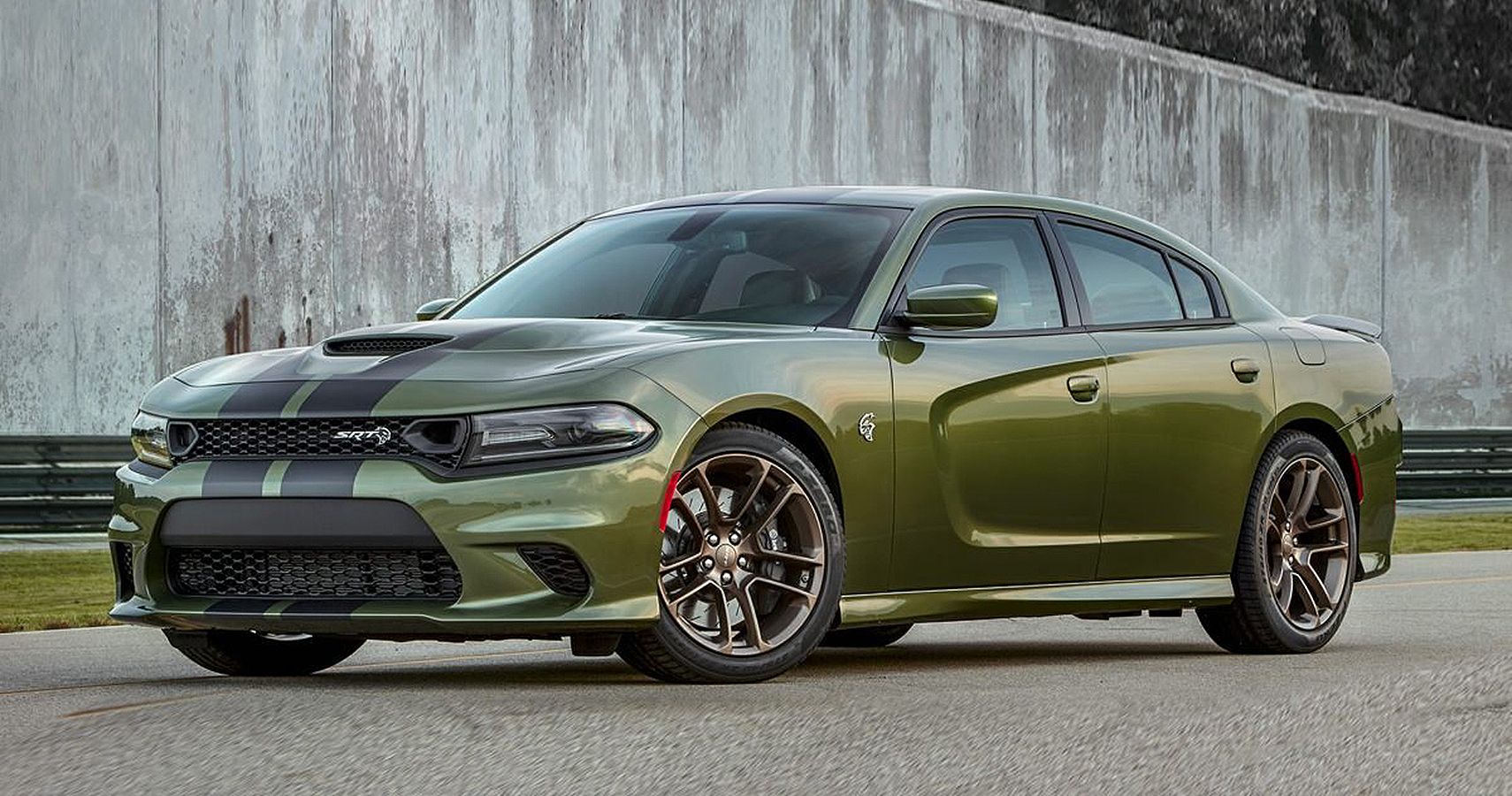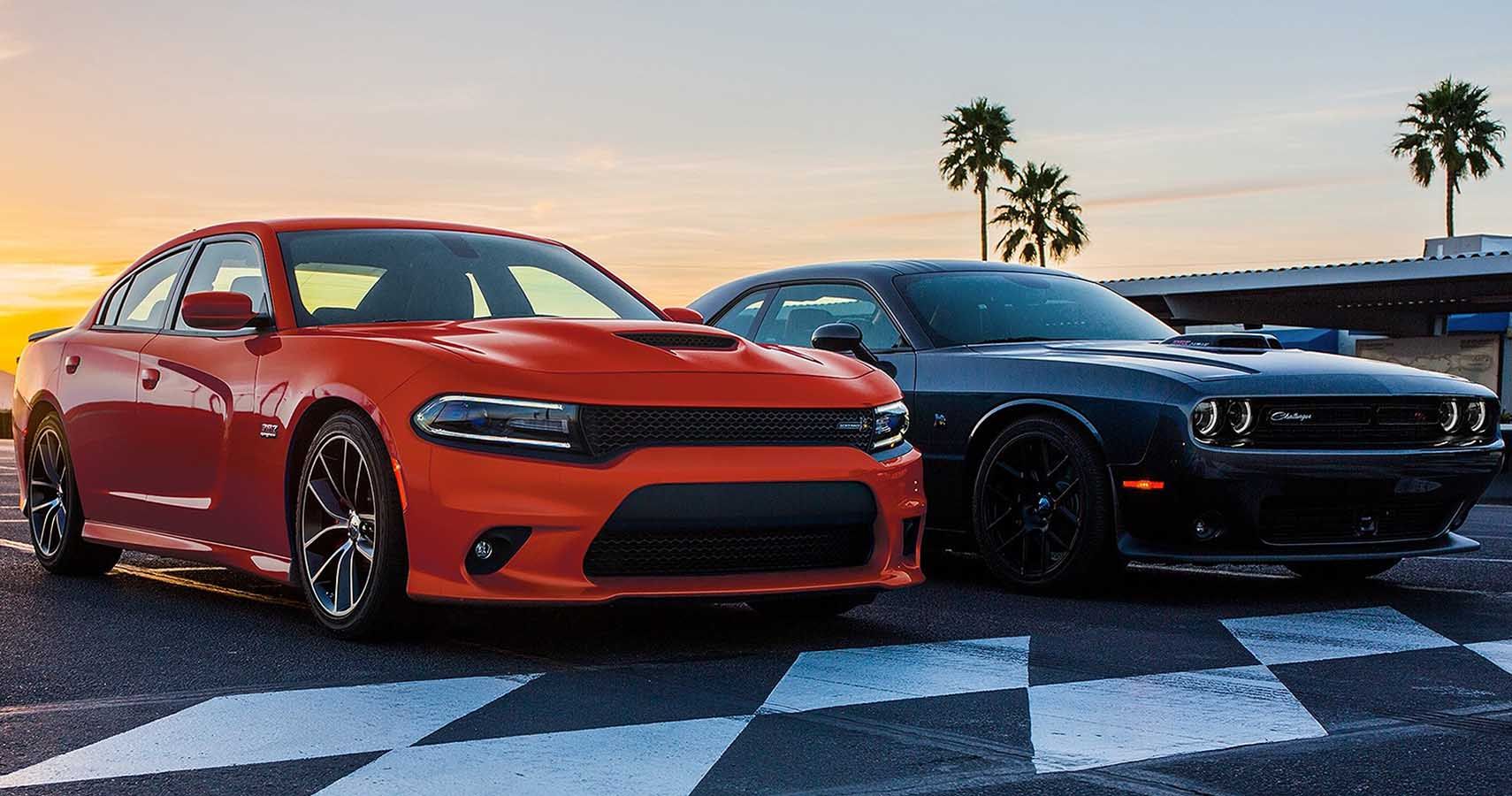Things have changed for both the Dodge Charger and the Dodge Challenger over the years, though both these cars have quite the legacy to keep and uphold. At a time when most are heading towards SUVs, crossovers, and trucks – there are just a few iconic sedans left in the market to continue to sell well. Among them are the Ford Mustang, the Chevrolet Camaro and of course, the Charger and the Challenger. Of course, the JDM market of the Supras and the GT-Rs are alive and kicking as well, looming a constant threat of performance over pure American muscle. If you are brand loyal and a tad patriotic as well, which Dodge would you be? The Charger, or the Challenger?
10 The Legacy: Charger Vs. Challenger
The Charger was introduced as a show car in 1964, before making a full debut as a muscle car in 1966. It became a longer car and then a luxury car before production came to a stop in 1978. In 1981, it was reintroduced as a hatchback coupe before being retired in 1987. It was relaunched in 2002 as a four-door family sedan with powerful performance.
The Challenger debuted in 1969 as an upper muscle car trim, against the likes of the Mercury Cougar and Pontiac Firebird. It retired in 1974 and then was relaunched in 1978 as a rebadged Mitsubishi Galant Lambda Coupe that no one wanted, so it took a bow in 1983. Finally, it came back with a bang as a muscle car in 2008.
9 The Popularity: Charger Vs. Challenger
The Charger was introduced as a pony car at launch, though initial sales were low. Sales began to pick up with a bigger body size introduced in the 70s. With the Dodge Coronet gone, the Charger was the only four-door sedan in the line-up. Despite the Shelby Charger of the 80s, the Charger always appealed more to families.
On the other hand, the Challenger was pitted directly against the likes of the Mercury Cougar, with the latter’s “Are you man enough?” firmly rooting for masculinity. So the Challenger always looked more potent than the Charger – and this holds true to date.
8 The Sales: Charger Vs. Challenger
If you look at 2018 sales, the Charger sold around 80,000 examples in the US alone. 2006 seemed a good year at about 115,000 sales. 1968 saw some 96,000 models sold while 1973 and 1974 were good years as well.
Conversely, the Challenger may have had a more cult following than the Charger, but sales were usually lesser. 2018 saw some 66,000 examples sold and this is one of the good years for the Challenger, as were the years from 2015 to 2017. Before this sales were averaging at 30,000 a year. Since the Challenger came late to the muscle car scene, sales were damp for the beginning of its life as well.
7 The Movies: Charger Vs. Challenger
The most famous Dodge Chargers of them all as of now has to be Dom’s one in the very first franchise of The Fast and Furious – this is the car Brian (Paul Walker) races his Supra against. But the Charger has always been a movie star – from that creepy white Charger in Tarantino’s Death Proof to that 1979 orange Dodge Charger called General Lee in Dukes of Hazzard.
The Challenger hasn’t been that big a movie star, though it had a starring role in the movie Vanishing Point, in both 1971 and 1997. Of course, in smaller “side roles” you may have spotted in many a time – but there’s nothing like that R/T model from the 1971 movie.
6 The Avatars: Charger Vs. Challenger
The Charger and the Challenger have both worn different avatars at different stages in their life. The Challenger was introduced as a full-size upper echelon muscle car in 1969 but with the oil embargo hitting hard, it retired in a dismal sale depression. When it relaunched in 1978 as a passenger car, it was eschewed because it lacked muscle, despite the superior Japanese technology it brought with it.
The Charger, on the other hand, kept reinventing itself from the start. From a fastback coupe in 1966, it became a sedan in 1968 with a more GTO-like behind. The 1971 model was a lift-off of the Road Runner. Then the 1982-87 Charger was a subcompact hatchback coupe, while the 2002 revival saw a full-size family sedan.
5 The Latest: Charger Vs. Challenger
For the 2019 models, the Charger is a four-door sedan while the Challenger is a two-door coupe. That said, the Charger is only slightly longer than the Challenger, and the Challenger is a wee bit wider than the Charger. The Charger does offer a higher roof and a bigger behind for more cargo space.
The Challenger may be a two-door coupe, but it can still seat five in comfort with both cars having the same front legroom. The only difference lies in the ingress and the egress and the fact that the Charger is a lot roomier in the back seat than the Challenger.
4 The Safety: Charger Vs. Challenger
Both come with a five-star NHTSA rating when it comes to safety, and have the same standard as well as optional features for the same. The Charger fails the IIHS’ moderate small overlap crash test performance so does not get a Top Safety Pick badge, and neither does the Challenger.
The tech in both cars is also virtually the same as are the trims. Being a muscle car, driving the Challenger is a lot of fun. But then again, the Charger is no lightweight either and there are times its longer wheelbase adds more stability to a fast drive. The Charger’s drivetrain in automatic only though the Challenger offers a stick shift option as well.
3 The Performance: Charger Vs. Challenger
The Charger is no placid family sedan when it comes to power. The top trim with a supercharged V8 manages to give 707 awesome horses in both the Charger and the Challenger with the SRT Hellcat models. That said; the Challenger has another trick up its sleeve.
The top trim of the Challenger is the SRT Hellcat Redeye that can provide a whopping 797 horses – and the Challenger's wider tire track does give good cornering and better handling despite this burst of power. Both cars come with AWD, giving 19mpg base mileage for the entry V8s, and 23mpg for the entry V6s.
2 The Price: Charger Vs. Challenger
There’s a bit of a price conundrum to consider here. The Challenger starts cheaper at about $27,745 – with the Charger costing $1,500 more for the base trim. Of course, these are comparable prices because both these entry-level trims come with a standard V6 engine and the eight-speed automatic transmission.
But when you go up the ladder towards the higher trims, the Dodge Charger Hellcat becomes the top trim at $67,000 approximately. The Challenger goes one up though, with the SRT Hellcat Redeye model (the 797 horsepower one) going at $73,000 plus. So the Challenger begins cheap, but its last trim becomes a lot pricier than the Challenger’s zenith.
1 The Outlook: Charger Vs. Challenger
Frankly, the Charger and the Challenger are two very different cars by Dodge made for two very different sets of people. The Dodge Challenger exists to please the pure muscle car fan. While it may be able to seat five in relative comfort, it's the Charger’s backseat that is a lot roomier and makes for a more comfortable ride.
Then there’s the slight price factor difference, so many would prefer to shell out a little extra and go for the four-door Charger rather than the two-door Challenger in the same trim, considering nothing changes in performance or power. It’s an individualistic choice ultimately. Do you want something manlier, or more family-oriented? That’s the gist of the decision to be made.

